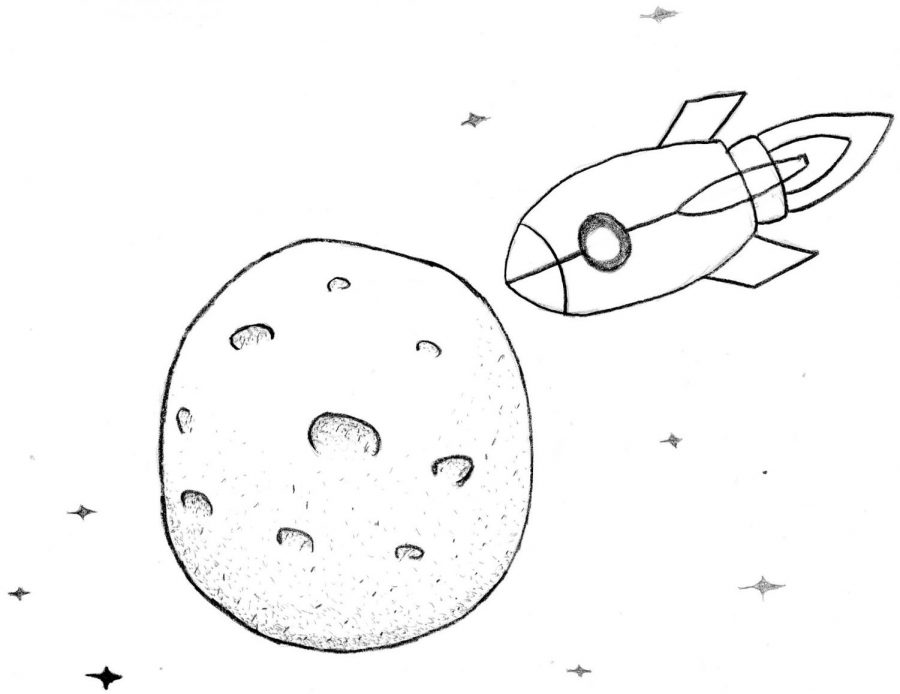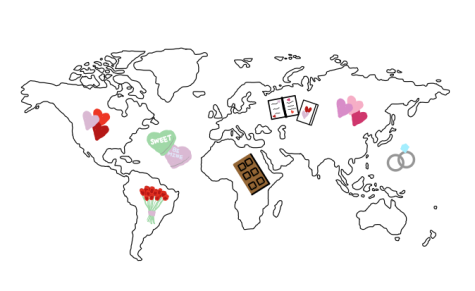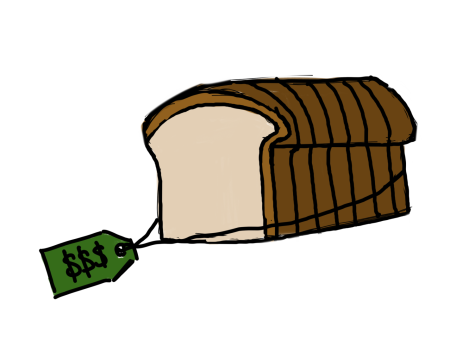Advancements in lunar success
Mining on moon leads to future out of this world
Fifty years ago, the first human beings landed on the moon, and now, a European Space Agency is planning to mine on the moon by 2025. Scientists have found out what the moon is composed of which includes clay, fragments of glass, minerals and chemical compounds. The moon is rich in resources like iron oxide containing oxygen, water, and fuels which will help create permanent bases on the moon. These resources are essential for all living things.
Many countries are developing robots and other technology to be sent to the moon. With 3D printers, the lunar technology will come to life and hopefully begin a larger expedition. The European Space Agency wants to make a small village there like any other on Earth. To take all of this technology to the moon, the agency has signed a contract that lasts for 12 months to create a rocket with ArianeGroup.
This time human beings will not be going to the moon, but it will be robots who will go. With this technology, space scientists can figure out a way for humans to stay on the moon for a longer period of time.
“Living on the moon would be amazing,” said junior, He Bai.
Some of the items found on the moon can help spaceships reach farther into the unknown universe.
With this exploration, classes can have better knowledge about the universe that surrounds our planet and find extraordinary facts about not only the moon but also places far beyond our imaginations.
Your donation will support the student journalists of Saint Viator High School. Your contribution will allow us to purchase equipment and cover our annual website hosting costs.








